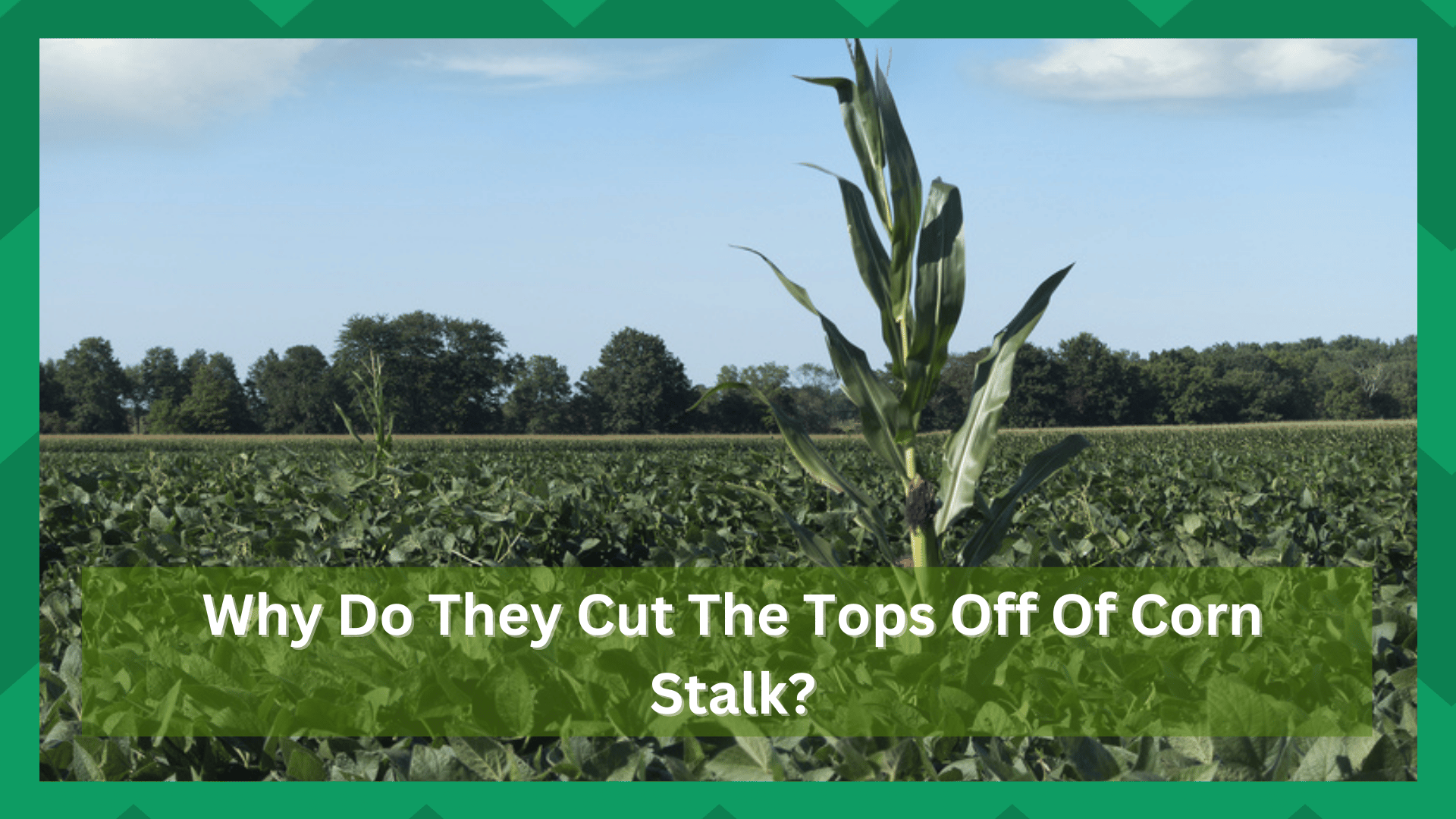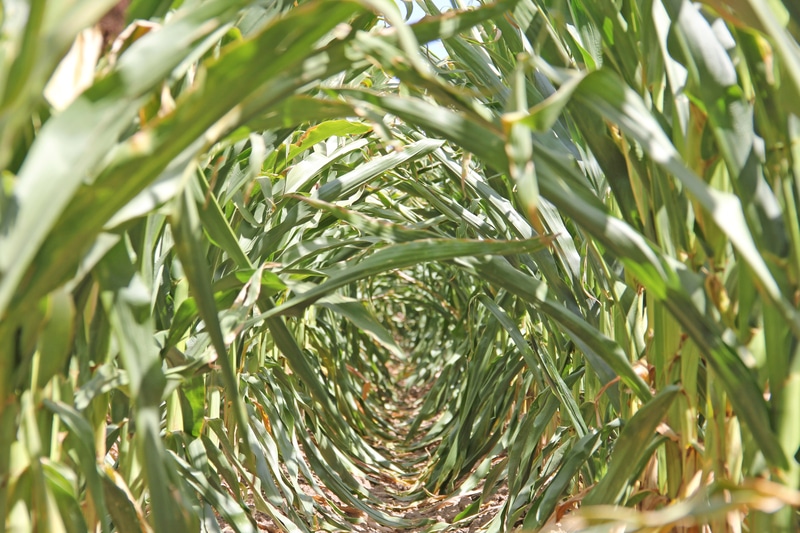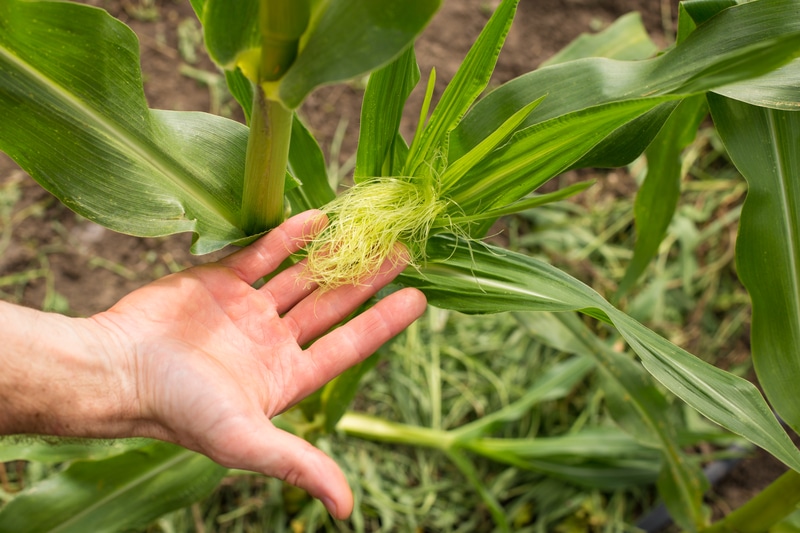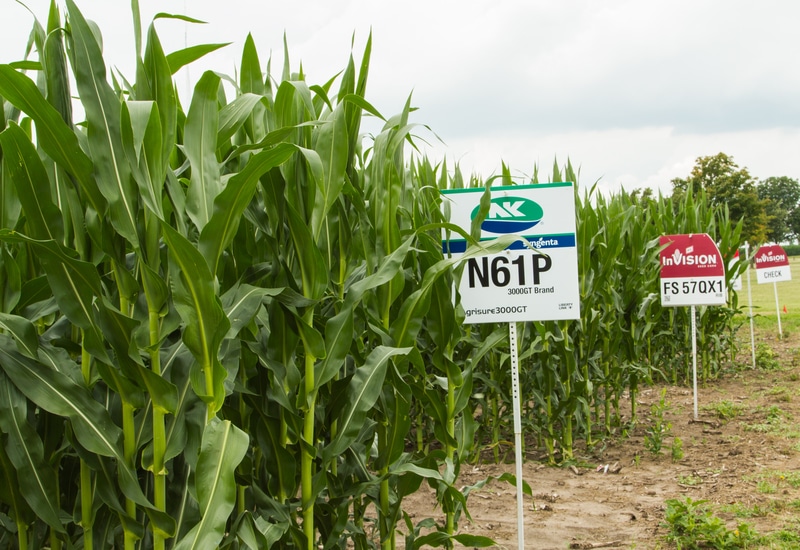
Corn, also known as maize, is a leafy stalk that produces pollen. These can yield kernels or also known as seeds, once fertilized.
The seeds taken from corn are also the plant’s fruits which people around the world eat.
These are starchy vegetables, just like peas and potatoes, and are a healthy addition to most diets.
Although they are among one the healthiest snacks, the only thing people have to look out for is not overeating them, as consuming them in excess amounts can lead to digestive problems.
Corn is quite small in size, so you can easily consume it in large quantities, so make sure that you stay careful when eating it.
With that being said, people growing corn can sometimes run into issues with the plant.
Recently some users have been asking, “Why do they cut the tops off of corn stalks?” If you are wondering the same thing, then going through this article should help you get an answer.
We will also provide you with reasons behind the issues you can get along with steps that can be used to fix them.
Why Do They Cut The Tassels (Top Part) Off Of Corn Stalks?
All the corn plant has both; a female and a male flower. The topmost part of the plant, called the tassel, produces pollen. When this pollen shakes loose with heavy winds, they fall on the silk.
They then make their way down to pollinate the ovule and form a seed. The corn plant will self-pollinate if these tassels are not cut off and left to grow naturally.
To produce different mixed strains and for cross-pollination, the top of the corn stalk is cut.
Topping off the corn stalk, especially the female cons that are at the top of the list, is necessary to increase the yield of the seed corn.
Cutting off the tops allows the plant to be pollinated solely by other plants.
Usually, the detasseling of the corn stalk is done mechanically with the machines in larger field areas to remove more than 70% of the tassels.
Following this, any tassels missed by the machines are manually cut off by hands the field is cleaned.
3 Reasons for Detasseling the Corn Stalk
- Controlling Pollination
When growing corn, you will notice that the stalk of the plant has several parts on it. Most farmers cut off the top from their corn stalks, which confuses many people.
Talking about this, you should note that this is done to control the condition of the plant.
Several things should be kept in mind, but the first factor that you need to understand is that cutting the top of corn stalks helps in preventing it from self-pollination.
One of the major drawbacks of overbreeding corn species with self-pollination is that it decreases the plant performance in the long run and fitness that is associated with the accumulation of harmful alleles in the progeny.
As it lowers the plant’s performance, it will eventually produce a smaller yield.
Hence considering all the downsides of self-pollination, it is necessary to detassel the cornstalk to allow cross-pollination.
When it comes to this, you should note that the top part of these plants is what produces pollen.
If left as it is, the top part will continue to produce pollen that pollinates the stalk.
This results in the stalk producing kernel seeds, which are sold after harvesting.
Generally, people leave the stalks as they are if they want to harvest a few corns that year.
However, when it comes to harvesting corn in large quantities, there are additional factors to look out for.
Simply remove the top of the corn stalks; the tassels with immature pollen-producing bodies are the best way to ensure that the plant does not pollinate itself.
The detasseling window in the growing season is only 16-20 days; hence timing serves as a defining factor.
If you detassel soon, the yield will decrease; if you detassel very late, the plant will start to self-pollinate.
If you don’t want your vegetables to pollinate the following season, then this is the best way to prevent it from happening.
Just make sure that you make the cuts carefully, as damaging the bottom part of the stalk is also possible, which will halt the performance of the stalk.
- Making Hybrids
Other than controlling pollination, another reason why the top part of corn stalks is removed is so that people can make hybrids.
Plant breeders mostly remark the hybrid seed corn as the robust offspring of the two pure genetic lines of corn, also referred to as inbred parents.
Although the notion of corn offspring, hybridization, and talk of genetic lines may seem a little odd to some, it is something that zoologist researchers have put a lot of their time and effort into since over the last century.
Through the process of making corn hybrids, you could make an entirely different and pure genetic strain of corn. This, however, significantly depends on the plant variety you started with.
This is quite a simple process. It begins with female and male rows. Female rows are planted between the male rows. The female rows are planted between the male rows.
Usually, between two male rows, three female rows are sowed. After that, the only thing that you have to do is remove all the pollinating parts from your corn stalks.
Once done, you can then plant companion plants along the corn stalks that you want the pollen from. Or you can bury the tassels below the plant you want to hybridize.
Sufficient spacing is required as the pollen has to reach your corn stalks without any issues.
Furthermore, ensure the soil is damp and do not allow it to dry and dehydrate during the process.
After the corn gets pollinated, it will produce fruits with unique characteristics. It has been well-known for years now that cross-pollinated plants are far better than self-pollinated ones.
Several scientists have observed the positive impacts of outbreeding corn stalks and the negative influences of self-breeding.
The two different strains come together to make vigorous offspring.
This includes drought resistance as well as better health which can be amazing. Keeping this in mind, people can understand why the top part of the corn is removed.
Another thing that should be kept in mind is that making hybrids requires people to know about different plants.
This is because you have to select which plants to keep along your corn carefully. Additionally, these should be kept healthy at all times to avoid further problems.
Detasseling corn is essential to producing the best corn seeds possible for the next season. For over 70 years, detasseling corn has become interchangeable with Midwestern culture. It is kind of a ritual in itself.
While corn is the number one cash crop in the United States with an estimated value of $12.1 billion, hybridization has created a 6-fold surge in overall corn yield over the last 60 years.
- Removing The Top Part On Time
Finally, now that you understand why the top part of corn stalks is removed, people should also note when this should be done.
The process, as already mentioned, is known as detasseling, and it should be done before your corn starts pollinating.
In the growing season, the successful detasseling period that will help you control pollination and create plant hybrids only accounts for 16-20 days.
If you are too late, then there is no point in removing the top part of your corn stalk, as it will not benefit you, especially when the plant has already started the pollination process.
Other than this, the cuts should be made by machines if you have a large field of corn. This helps ensure that the corn doesn’t get damaged during the process.
If you do not want hybrids, and a bigger yield, then there is no point in detasseling on your farm.
You can leave the crops as they are, and corn should grow without issues.
Also, most field corn doesn’t need to be detasseled, and the normally harvested corn will make other food products like corn meal, corn flour, corn syrup, and different varieties of other products in larger quantities.
While you are at the cornfield, the glance of the field will be astonishing.
The pattern in which the corn stalks are detasseled is outstanding as you can easily recognize a corn field with three rows that are chopped off from the top and a fourth row standing tall, making an aesthetically pleasing mosaic.
The Bottom Line
Detasseling or cutting the top of the con stalk enables the plant to cross-pollinate and produce hybrids.
Without these advancements in farming, we would never have developed vigor plants with stronger yields and overall vitality.
Breeders work tirelessly to create drought-resistant hybrids that yield higher and take less time to mature to provide us with the crop we enjoy the most in our snack time.



